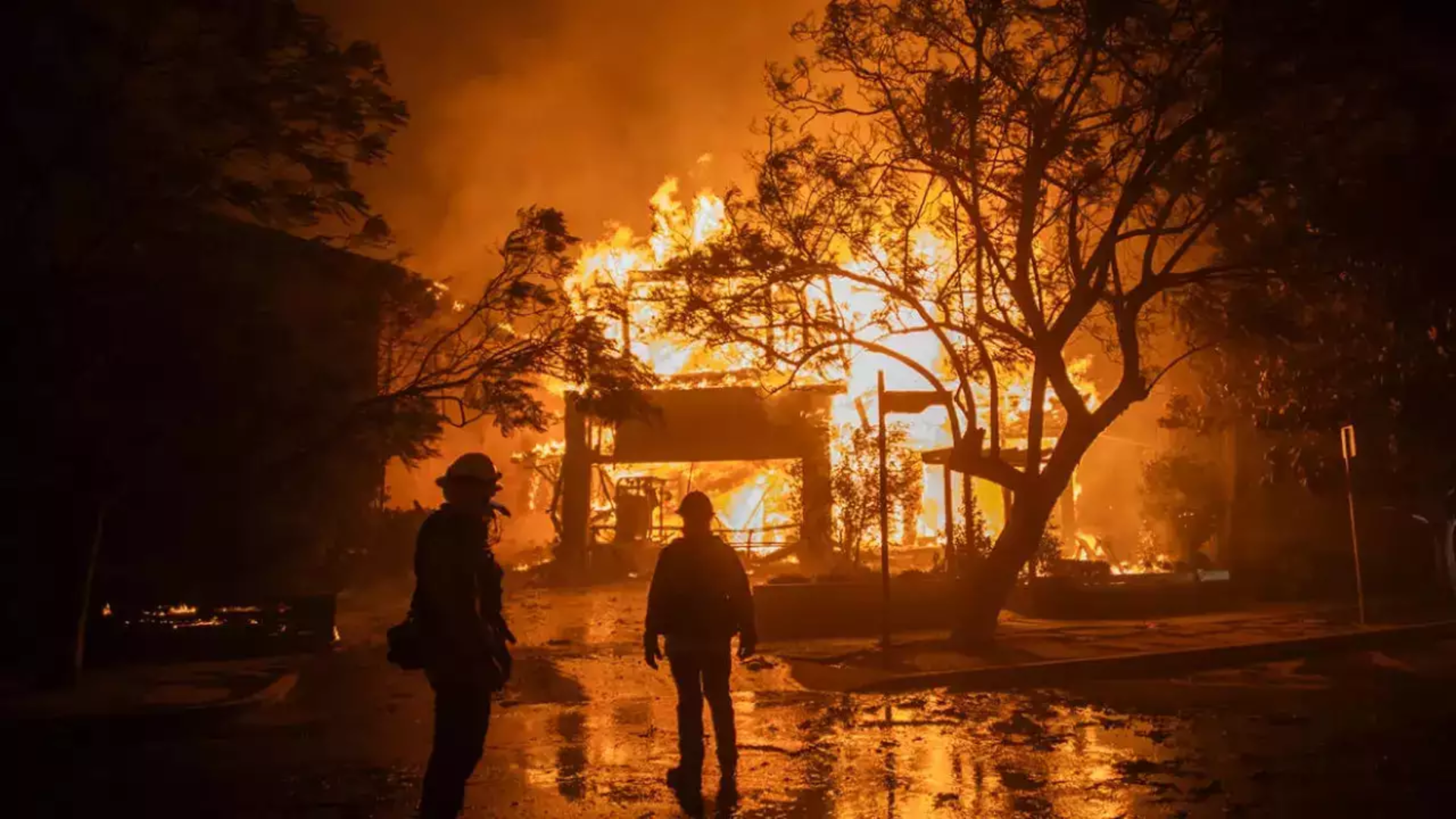South Korean authorities are probing the country’s deadliest air crash after Jeju Air flight 7C2216 crashed at Muan International Airport on December 29, killing 179 people.
Officials have now disclosed that the flight data recorder and cockpit voice recorder, popularly known as black boxes, stopped recording some four minutes just before the crash.
The Boeing 737-800 aircraft, having departed from Bangkok, Thailand, resulted in a belly-landing, having overshot the runway and colliding with a concrete embankment. The explosion tore through it as two crew members on board and sitting in the tail section survived that accident.
The black boxes malfunctioned
South Korea’s transport ministry has confirmed that the black boxes did not capture the critical final moments of the aircraft. Initial analysis conducted in South Korea revealed missing data, forcing authorities to forward the devices to the U.S. National Transportation Safety Board for further examination.
Sim Jai-dong, a former transport ministry investigator, described the malfunction as highly unusual, raising the possibility of a total power failure, including the backup systems.
“It is rare for both black boxes to stop functioning, and this could indicate a catastrophic power loss,” he said.
Timeline of Events
According to preliminary findings:
- Two minutes prior to the accident: The air traffic control gave a bird activity warning to the pilots.
- Four minutes before the accident, the pilots declared an emergency with a bird strike and went away from their approach.
- They started to make a go-around but took a sharp turn towards the opposite side of the runway.
- The aircraft crash-landed without landing gear being deployed and hit a concrete embankment meant to support the airport’s localizer system to guide the landing.
The Ongoing Investigation
The investigation into the crash of Jeju Air is investigating several critical issues. Authorities have been examining a failure of flight data and cockpit voice recorders, which quit working four minutes before the impact, raising further questions about possibly a total failure of power supplies, including all backup systems.
The rigid concrete embankment the aircraft hit is also under scrutiny by investigators; this was an installation to hold up the localizer system for the airport, but its distance from the runway has been challenged.
The probe covers a possible landing gear malfunction because the aircraft belly-landed without deploying its gear. Police have seized operational and maintenance records from Jeju Air’s Seoul office and the Muan airport operator to uncover any lapses in the aircraft’s upkeep or the airport’s infrastructure that may have contributed to the tragedy.
The transport ministry pledges for a comprehensive and transparent investigation and assured the families of the victims that all findings will be shared with them.
Some family members, however, have been questioning the ministry’s role in leading the probe. They are asking for independent experts to be included, including those recommended by the families of the victims.
“The government must ensure a transparent investigation involving impartial experts,” a spokesperson for the families said. “We need answers and accountability.”
The crash has sparked broader concerns about aviation safety in South Korea, particularly regarding airport infrastructure and emergency preparedness. Experts have questioned why a rigid concrete embankment was placed so close to the runway, potentially exacerbating the impact.
The Jeju Air disaster is a worst disaster in South Korea’s aviation history, with 177 South Koreans and two Thai nationa were among the deceased.
ALSO READ: South Korea Plane Crash: Investigation Faces Challenges with Missing Black Box Data


















